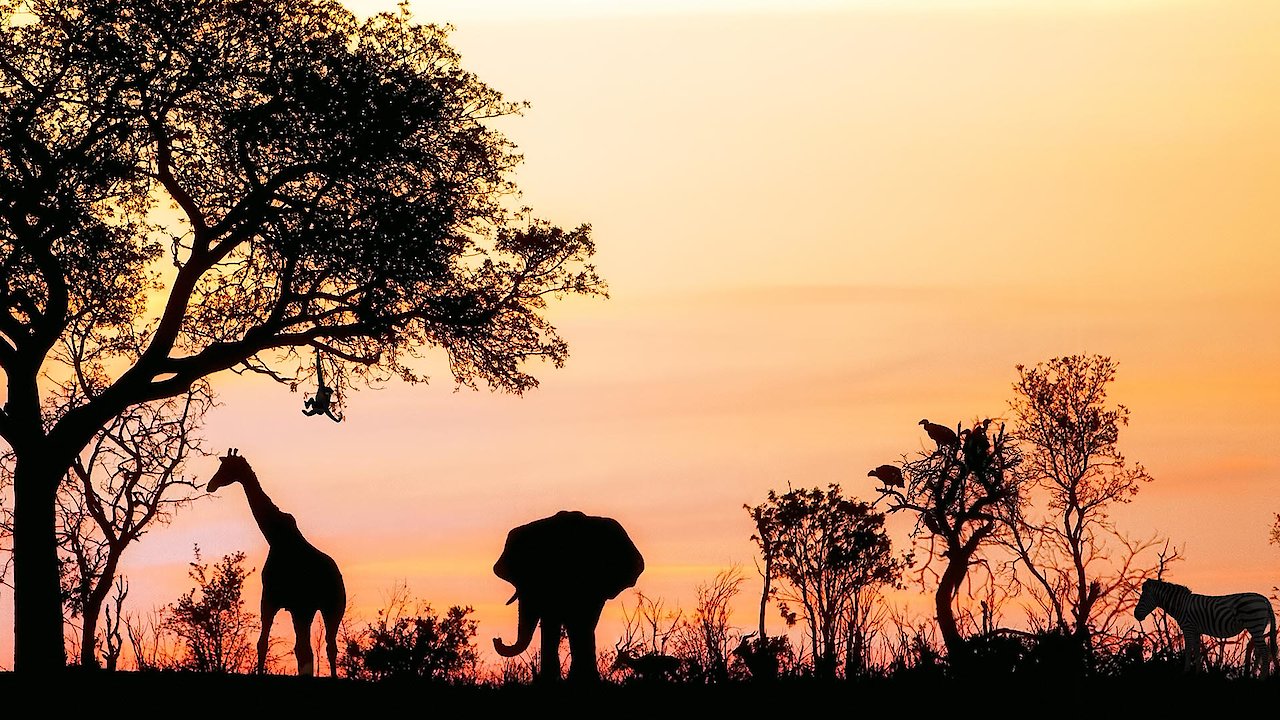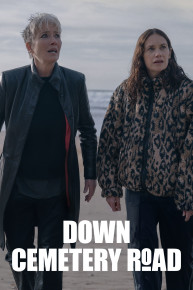Filter by Source
Seasons

13. Episode 13
January 1, 1999
Black rhinos were hunted to extinction in South Africa's Cape Province over 100 years ago, but reintroduced from Kenya in the 1960s. Now, Wildlife Vet Pete Morkel leads efforts to reintroduce the original species. In Natal, lions are imported from Namibia to improve genetic diversity. Vet Dave Cooper supervises, while Janine Honywill works to reduce diseases affecting ostrich farming.

12. Episode 12
January 1, 1999
Night falls on Lake Kariba, and wildlife vets set out to capture crocodiles. They move silently across the water, using torches to dazzle the crocs before safely capturing them for disease testing. Meanwhile, in Natal, CROW (Centre for the Rehabilitation of Wildlife) treats injured animals, mainly small mammals from road accidents, before returning them to the wild with care and attention.

11. Episode 11
January 1, 1999
At Vaalbos National Park near the Kalahari Desert, Wildlife Vet Paul Meyer spends a day capturing animals for a ranch. He uses helicopters to herd red hartebeest and zebra, then resorts to nets to capture more. As night falls, Meyer's team is exhausted from the action-packed day. Dave Cooper in Natal examines a buffalo that died during testing for bovine tuberculosis, performing an autopsy.

10. Episode 10
January 1, 1999
The world's largest game auction happens annually in Natal, and Wildlife Vet Dave Cooper ensures every animal is healthy from capture to transport. We follow the action as a capture team lassos a giraffe, Dave performs surgery on a wildebeest that stops breathing, and we witness the tense bidding process at the auction, where prices soar rapidly and emotions run high.

9. Episode 9
January 1, 1999
Oxpeckers, effective for tick control, are in demand by ranchers willing to pay $100 per bird. Wildlife vets Chris Foggin and Janine Honywill capture and translocate them to farms. Wild dogs, Africa's wolves, face endangerment but their impact on game farms is debated-Alistair Pole studies their prey to assess if they target health. Dave Cooper also uses ultrasound to check buffalo pregnancies.

8. Episode 8
January 1, 1999
Two wildebeest need treatment-one for a cut leg and the other with a horn infection causing maggot infestation near the eye, which Dave Cooper must contemplate euthanizing. Later, Clare Speedy cares for a serval cat with a broken leg. Cooper's home life includes four dogs, bush babies, a baby antelope, and a buffalo, all in a garden where hippos sometimes visit from the St. Lucia estuary.

7. Episode 7
January 1, 1999
A young male rhino with a sheath growth requires surgery in Umfolozi, where rhinos are cared for before a major game auction. Though not life-threatening, the growth could worsen. Meanwhile, surplus buffalo in Kruger are caught and sold, but wildlife vets Douw Grobler and Roy Bengis explain disease risks to visiting vets during a game capture course.

6. Episode 6
January 1, 1999
Buffalo, dangerous yet valuable if disease-free, require constant monitoring for bovine tuberculosis. In Natal, Dave Cooper and the Game Capture team herd, dart, and test thousands of buffalo with helicopter assistance. A lion in Kruger National Park is lured for darting and health tests, including bovine TB, canine distemper, and fertility tests to ensure the lion is still a viable breeder.

5. Episode 5
January 1, 1999
Wildlife vets test milder anesthetics on nyalas in the cool early hours, minimizing animal stress during captures. Dave Cooper, responsible for Hluhluwe-Umfolozi's 97,000 hectares, is joined by Kruger vet Douw Grobler to assess the drug's viability for use in South Africa. The episode also features a stubborn buffalo named Bismarck and a lighthearted 'gnus flash.'

4. Episode 4
January 1, 1999
This episode explores game capture techniques for rhinos, zebras, and how to avoid crocodile attacks. Using helicopters and dart guns with the immobilizing drug M99, which works in 6-8 minutes, teams track and sedate animals. Qualified vets from around the world attend the annual Game Capture Course in Kruger National Park, learning cutting-edge methods for wildlife management and protection.

3. Episode 3
January 1, 1999
Zimbabwe's Imire Game Sanctuary works to protect black rhinos, whose numbers had dropped to around 200 due to poaching. Vet Chris Foggin darts a young calf as part of a long-term breeding effort to boost the population. Explore how elephants assist in rhino capture and introduce a young calf reluctant to return to the wild, emphasizing conservation efforts and animal care strategies.

2. Episode 2
January 1, 1999
In Kruger National Park, vets test a new elephant contraception method. A helicopter transports a wildlife vet to locate a young female elephant previously vaccinated and fitted with a radio collar for a pilot program. The team hopes to determine if the contraception worked or if she's pregnant, while also addressing foot-and-mouth disease risks in elephants across the park's open plains.

1. Episode 1
January 1, 1999
In South Africa's Hluhluwe-Umfolozi Game Reserve, covering 97,000 hectares of rugged terrain, wildlife vet Dave Cooper faces a demanding day. He treats a rhino with battle wounds, a lion with a toothache, and vaccinates lion cubs, showcasing the challenges of wildlife care in the vast reserve as he navigates the misty valleys of northern Zululand to protect the animals under his watch.
Description
Where to Watch Vets on the Wild Side
Vets on the Wild Side is available for streaming on the website, both individual episodes and full seasons. You can also watch Vets on the Wild Side on demand at Prime Video, Amazon, Tubi TV and Pluto TV.
-
Premiere DateJanuary 1, 1999






















